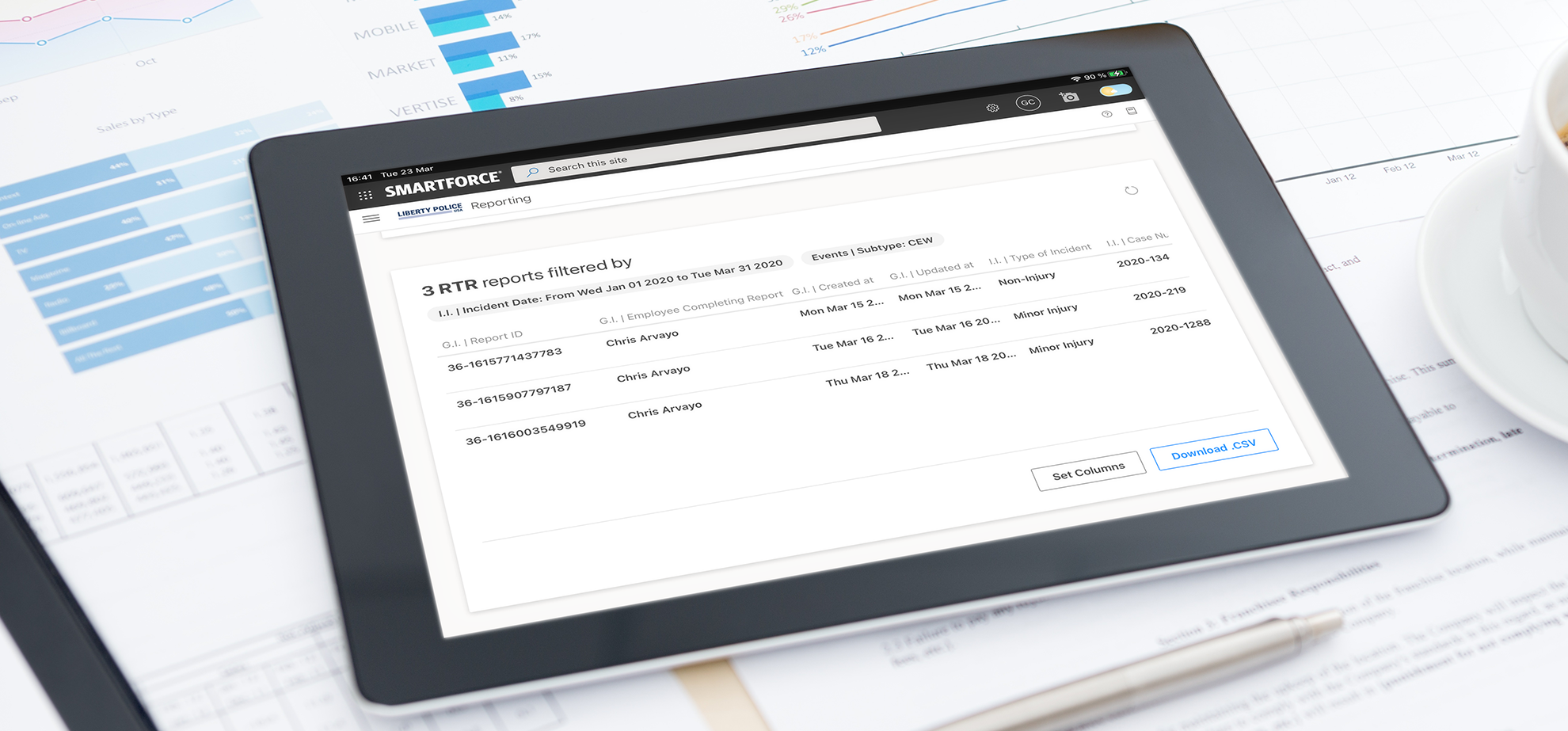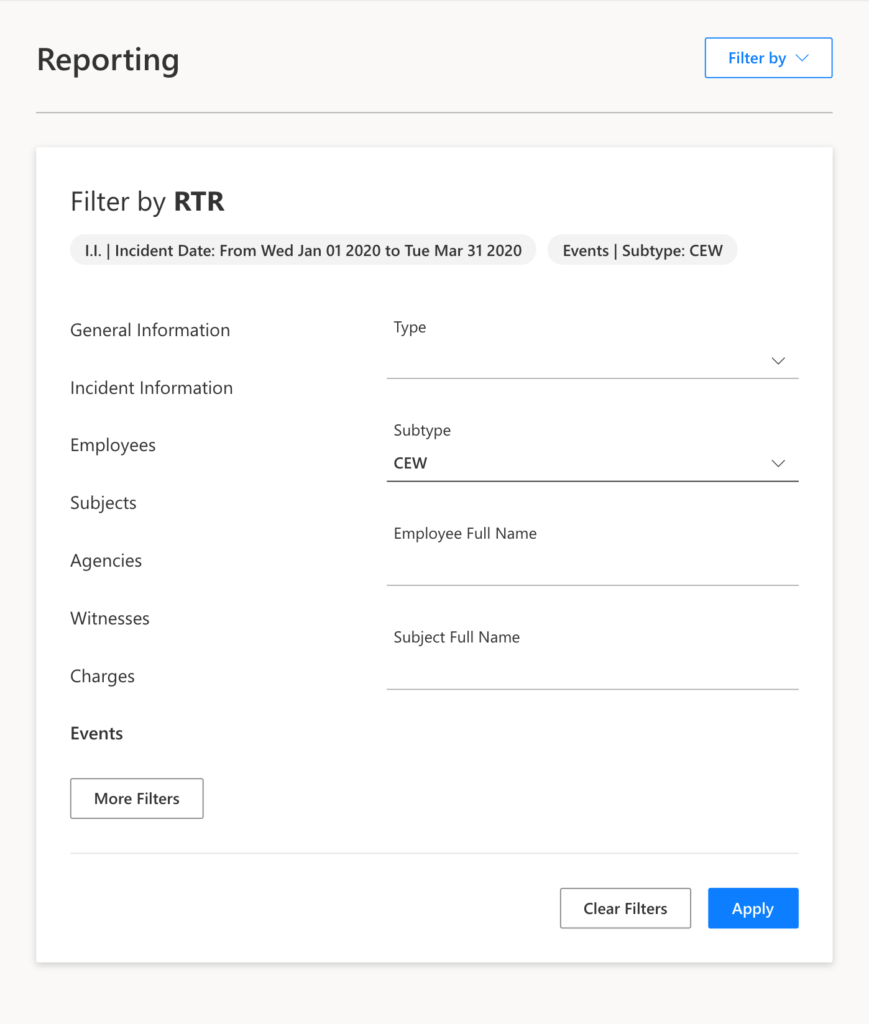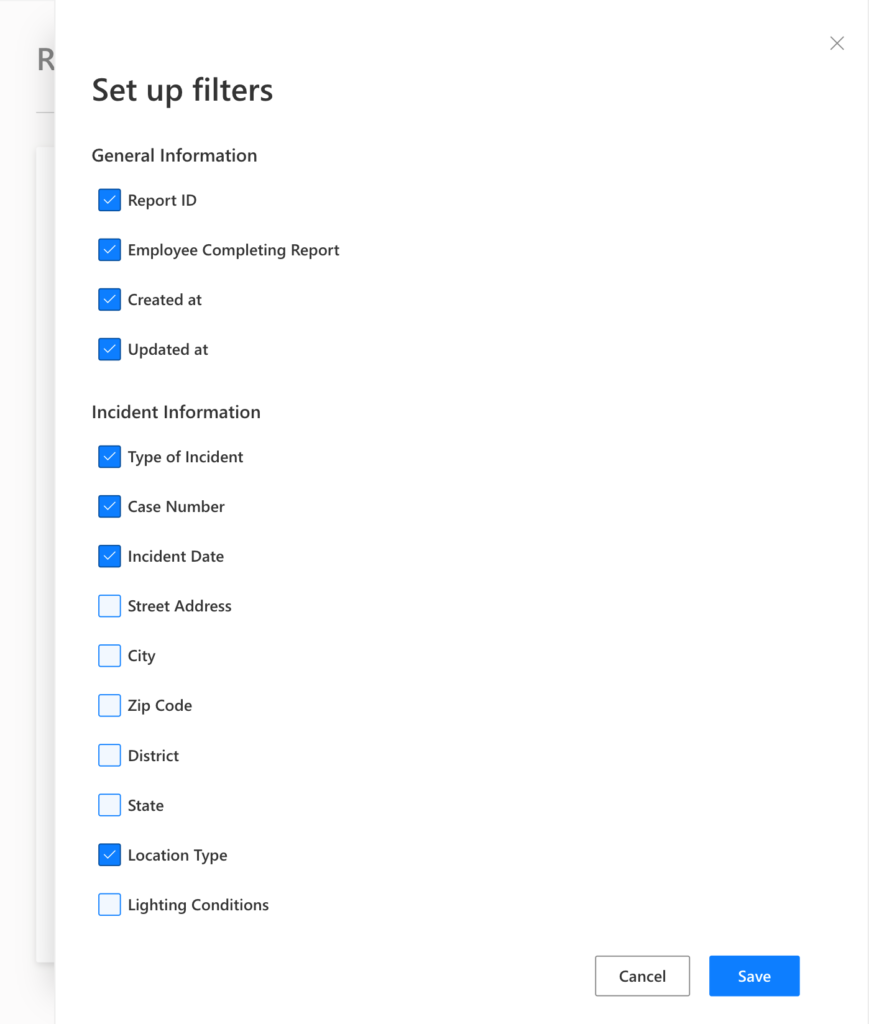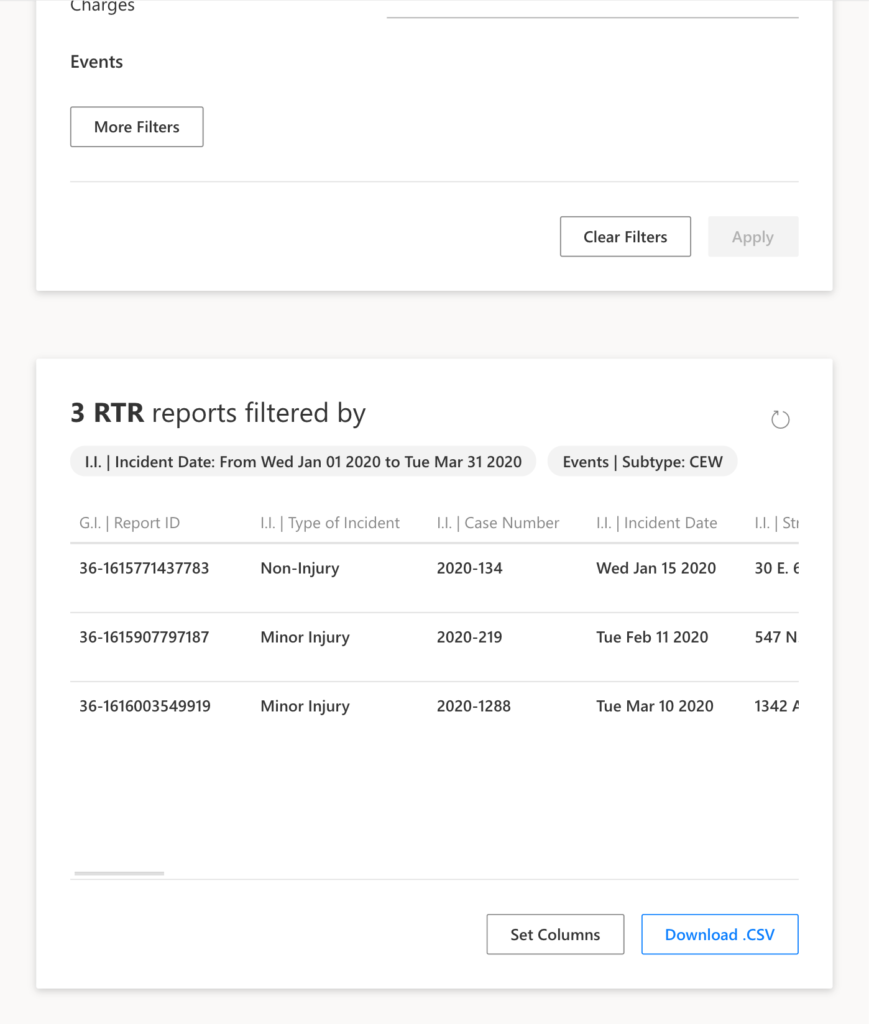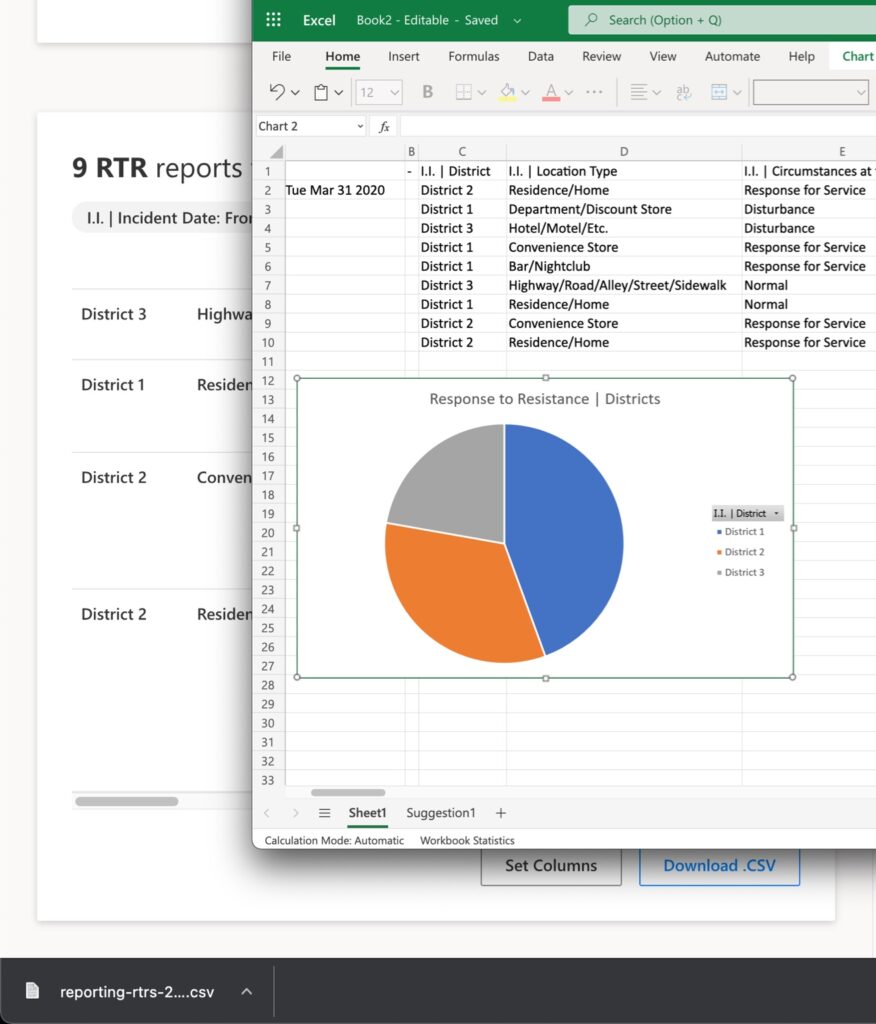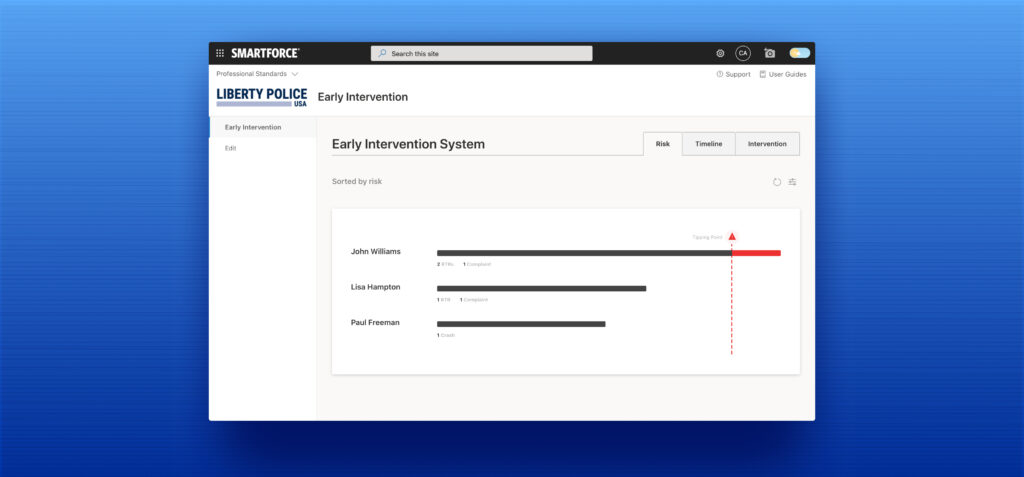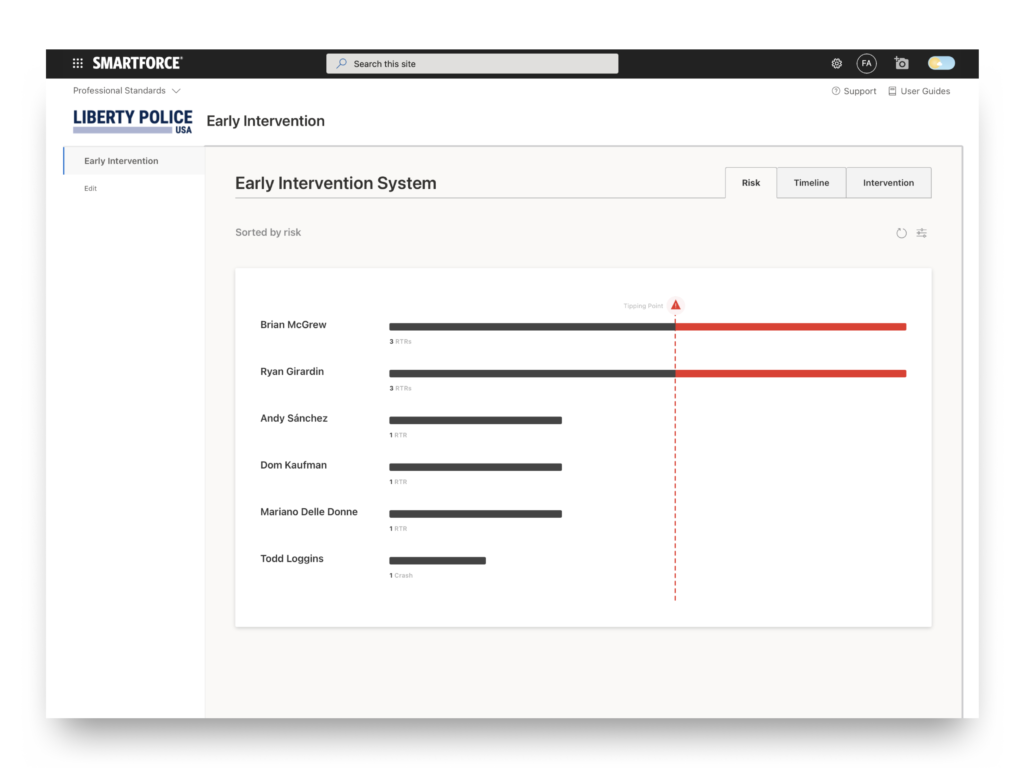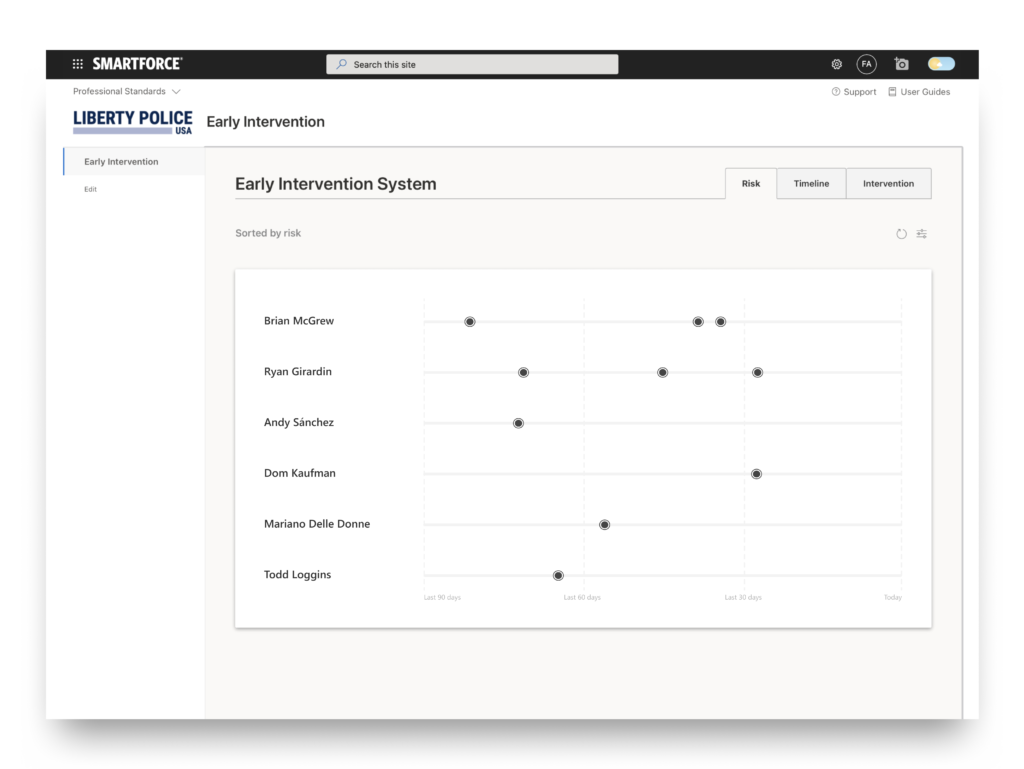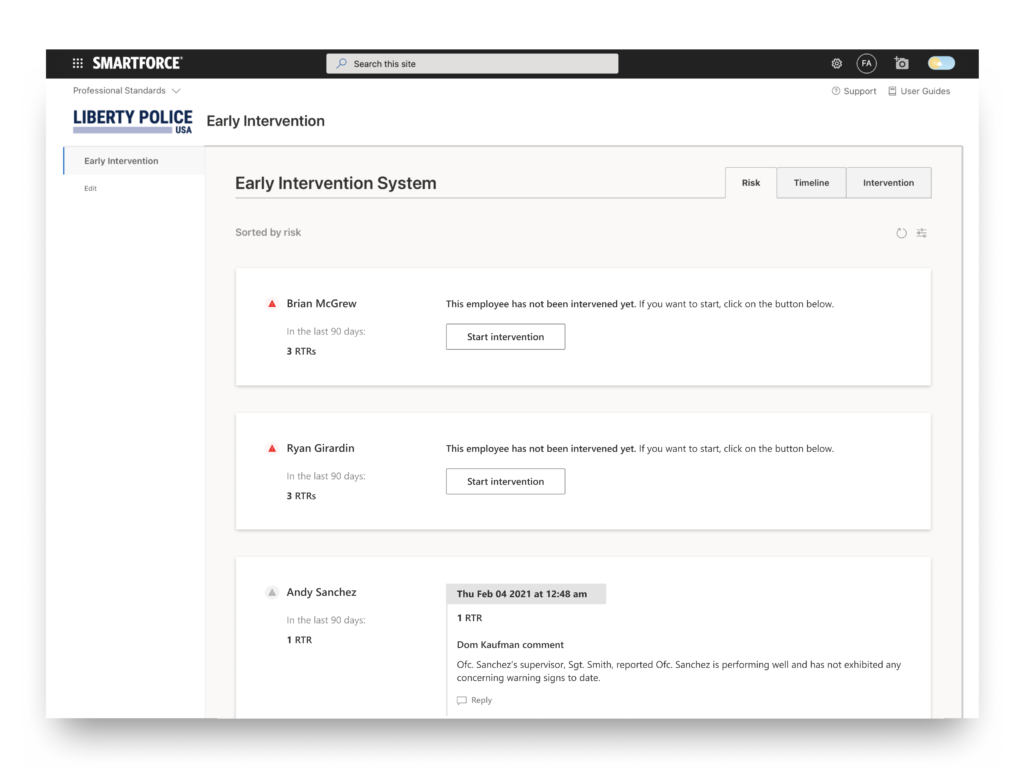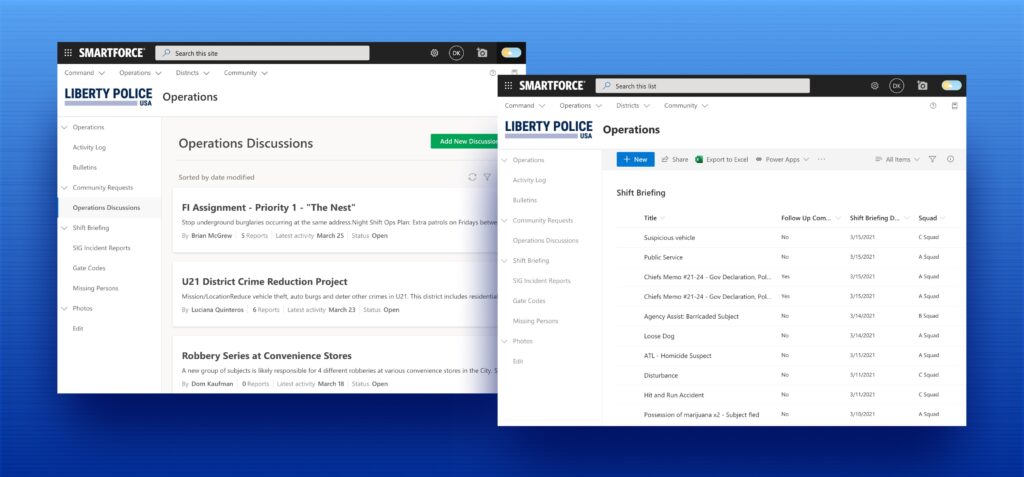
What does your agency do to ensure optimal and timely communication between patrol shifts and across operational units? Is this communication done in a consistent manner? Is it available to all who need it 24 hours a day…seven days a week? Is it searchable?
The unpredictable nature of police work presents a great challenge in adhering to consistent shift briefings, squad meetings and other methods used by law enforcement officials to pass along information and collaborate on crime problems in a productive manner. Yet, the immediate and efficient sharing of information directly correlates to solving cases and producing positive crime fighting results.
- SmartForce® Shift Briefing
- SmartForce® Operations Discussions
SmartForce® Shift Briefing allows officers to share important case information, requests for follow-up, and shift summaries across all other squads/shifts and throughout the chain of command, in a format that is more reliable than email, running documents or logs, verbal exchanges, text messages or sticky notes left on the briefing room desk. We developed our Shift Briefing application after consulting with our law enforcement partners and current customers. The result is an application that will dramatically improve the way your agency shares information between shifts that is fast, user friendly and easy to access.
Shift Briefing Scenario
Dayshift officers responded to a domestic violence call at a residence. Upon arrival, the victim reported she had been assaulted by her live-in boyfriend who had fled the scene prior to police arrival. The victim sustained significant injuries and was transported to a local hospital for treatment. The victim told responding officers the suspect usually carries a handgun, and he may have a warrant for an unrelated assault charge. The responding dayshift officers developed probable cause to arrest the suspect for Assault-DV, but they were unable to locate him before the end of their shift.
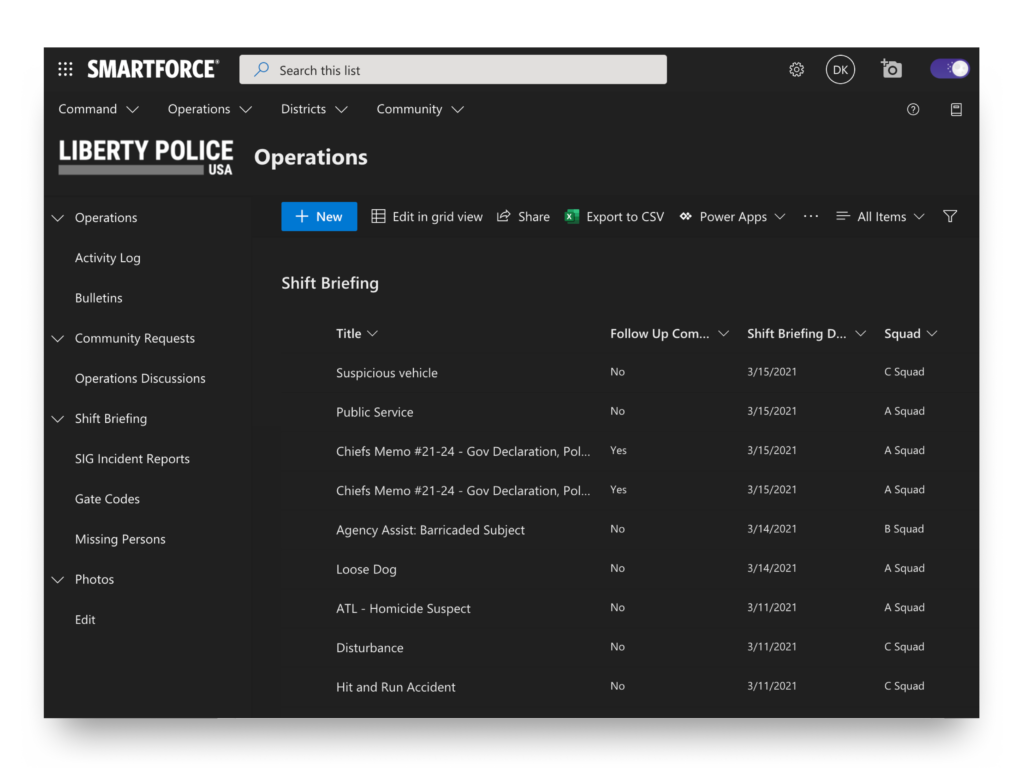
Nightshift officers later received a call in the same area after a neighbor reported seeing a male and female arguing in the street outside the residence. Unfortunately, without the SmartForce® Shift Briefing application, the responding nightshift officers would likely have no idea that this incident may involve an armed suspect who was wanted for a domestic violence charge. Often times officers deal with situations like this where there is not enough time to file formal changes in order for a warrant to be issued and entered into NCIC, or information is not successfully passed along to other shifts either verbally or via email, CAD, or RMS. If this department had the SmartForce® Shift Briefing application, the nightshift officers would have known about the earlier incident in the same neighborhood and would have been aware of the possibility that this second call was related. They could have been better prepared knowing an armed suspect was likely present, and they would have been able to continue the original investigation efficiently with the information provided by the dayshift officers in the Shift Briefing application. Shift Briefing allows the intelligence to be passed along and accessed according to its importance and relevance, not by who is sending or receiving it. The information is available 24/7 and accessible to all officers regardless of their work schedule or assigned area.
SmartForce® Operations Discussions not only provides a platform where the whole team has access to incident information, crime trends and other policing projects, but they can also contribute in real time without the disorganized threads of emails and multiple versions of bulletins. Similar to Shift Briefing, the biggest value Operations Discussions offers is organizing all information by the operation or project you are working on, not by email, bulletins, text messages or other disorganized means. It allows everyone within the department, from Patrol and Crime Analysis to Traffic and Investigations, to all work together without having to constantly schedule physical or virtual meetings. Plus, they can share all types of information from documents and links to photos and video clips all within this one application.
Operations Discussions Scenario
Here is a success story from one of our mid-sized city police department customers who used Operations Discussions to manage a large-scale policing project. Their officers and crime analysts noticed a significant increase in calls for service for a variety of offenses surrounding a specific residence. The project spanned 3 months and involved 35 team members from Patrol, Special Investigations/Narcotics, Property Crimes, and Code Compliance. A project of that scale needed an organized strategy and most importantly, the utmost clear and effective routes of communication.

The project resulted in multiple drug and warrant arrests, a resident who was being taken advantage of was able to receive the mental health services he needed, and calls for service at the residence after the conclusion of the operation went down to near zero.
The operation produced 60 project log entries from all the team members. Due to the ease of access and visibility of the entries, it allowed everyone to be on the same page in terms of project objectives, plans and response data. There were no lags in communication or duplication of efforts. Emails and bulletins would not have allowed for direct, relevant responses immediately accessible to the whole team. With SmartForce® Operations Discussions, command staff and project managers can run reports on any given operation to extract important metrics such as time spent, contacts, arrests, citations, etc.
These vital operational communication tools allow for the free flow of all types of information between shifts, units, and all levels of command. When you get your teams to start using Shift Briefing and Operations Discussions, you will immediately see increased value and productivity during in-person communications because these operational communication tools will have done the hard work of organizing the information beforehand.
As with all our products, these applications are CJIS compliant and allow departments to manage complex information in an organized and easy to use fashion. With these two crucial Operational Communication tools, you always have a 360-degree view of all important agency information. In turn, your officers’ situational awareness will dramatically increase, and your communities will immediately benefit from more efficient and better-informed law enforcement professionals on their side!

